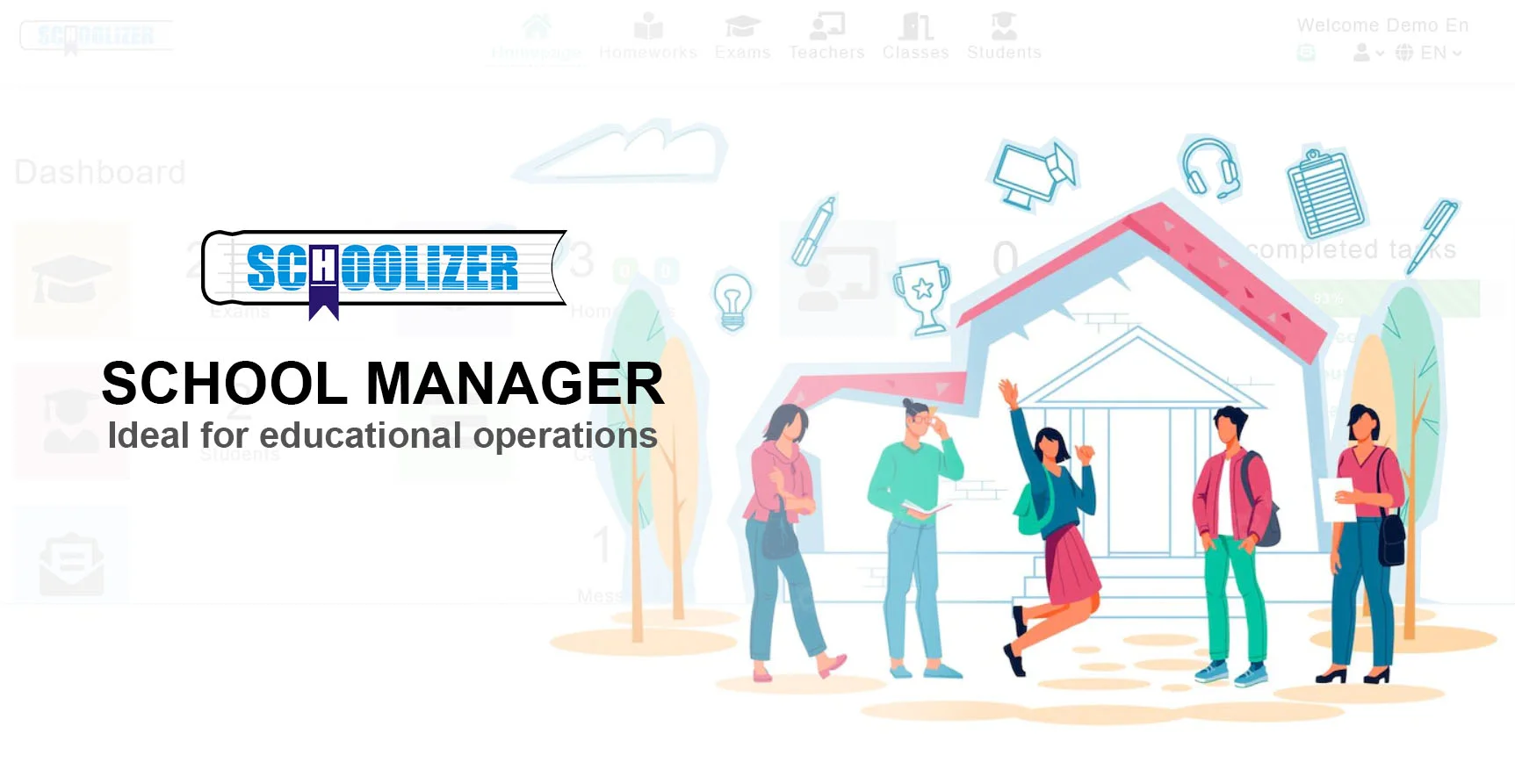Why Education Should Embrace More Childish Approaches to Learning
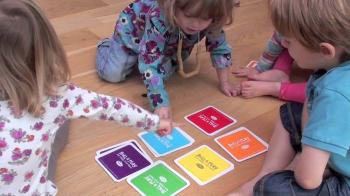
Why Education Should Embrace More Childish Approaches to Learning
What if the key to better education lies in being more childish? Why do many schools prioritize rigid structures over play and exploration? How can educators balance academic rigor with the innate curiosity of children? These questions challenge traditional teaching paradigms and suggest that learning should be more aligned with how children naturally engage with the world.
The Problem with Over-Structured Learning
Modern education often emphasizes standardized testing, strict curricula, and measurable outcomes. While these elements have value, they can stifle creativity and intrinsic motivation. Children learn best when they are engaged and curious, yet many classrooms suppress these qualities in favor of conformity.
Real-world example: Finland’s education system, renowned for its success, incorporates play-based learning even in later grades. Students enjoy shorter school days and more recess, yet they outperform many peers in global assessments.
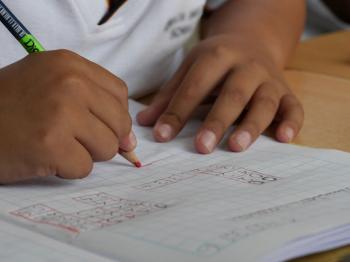
The Power of Play in Cognitive Development
Play is not just fun—it’s a critical component of learning. Through play, children develop problem-solving skills, social competence, and emotional resilience. Research shows that playful learning enhances memory retention and cognitive flexibility.
Practical application: Teachers can integrate game-based learning tools like Minecraft Education Edition, which combines creativity with STEM concepts, making abstract ideas tangible and engaging.
Encouraging Curiosity Over Compliance
Traditional education often rewards compliance—sitting still, following instructions, and memorizing facts. However, fostering curiosity leads to deeper, more meaningful learning. When children ask questions and explore topics that interest them, they become active participants in their education.
Example: The "Genius Hour" concept, used in many progressive schools, allows students to spend time each week pursuing passion projects, leading to increased motivation and innovation.
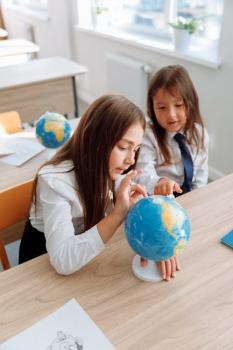
Redefining Success in Education
Success should not be measured solely by test scores but by a child’s ability to think critically, collaborate, and adapt. A child-centered approach values diverse talents and learning styles, preparing students for real-world challenges.
Case study: The Green School in Bali focuses on holistic development, blending academics with environmental stewardship and creative arts, proving that alternative models can thrive.

Practical Steps for Educators
How can teachers make learning more "childish" in the best way? Here are actionable strategies:
- Incorporate movement: Use kinesthetic activities to break up sedentary lessons.
- Embrace storytelling: Turn lessons into narratives to boost engagement.
- Allow choice: Let students select topics or project formats that excite them.
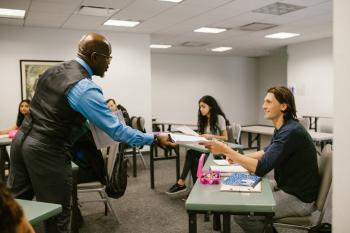
Conclusion: A Call for Joyful Learning
Education doesn’t have to be serious to be effective. By embracing more playful, child-like approaches, we can cultivate lifelong learners who are creative, resilient, and eager to explore. The future of education should be less about control and more about wonder.






